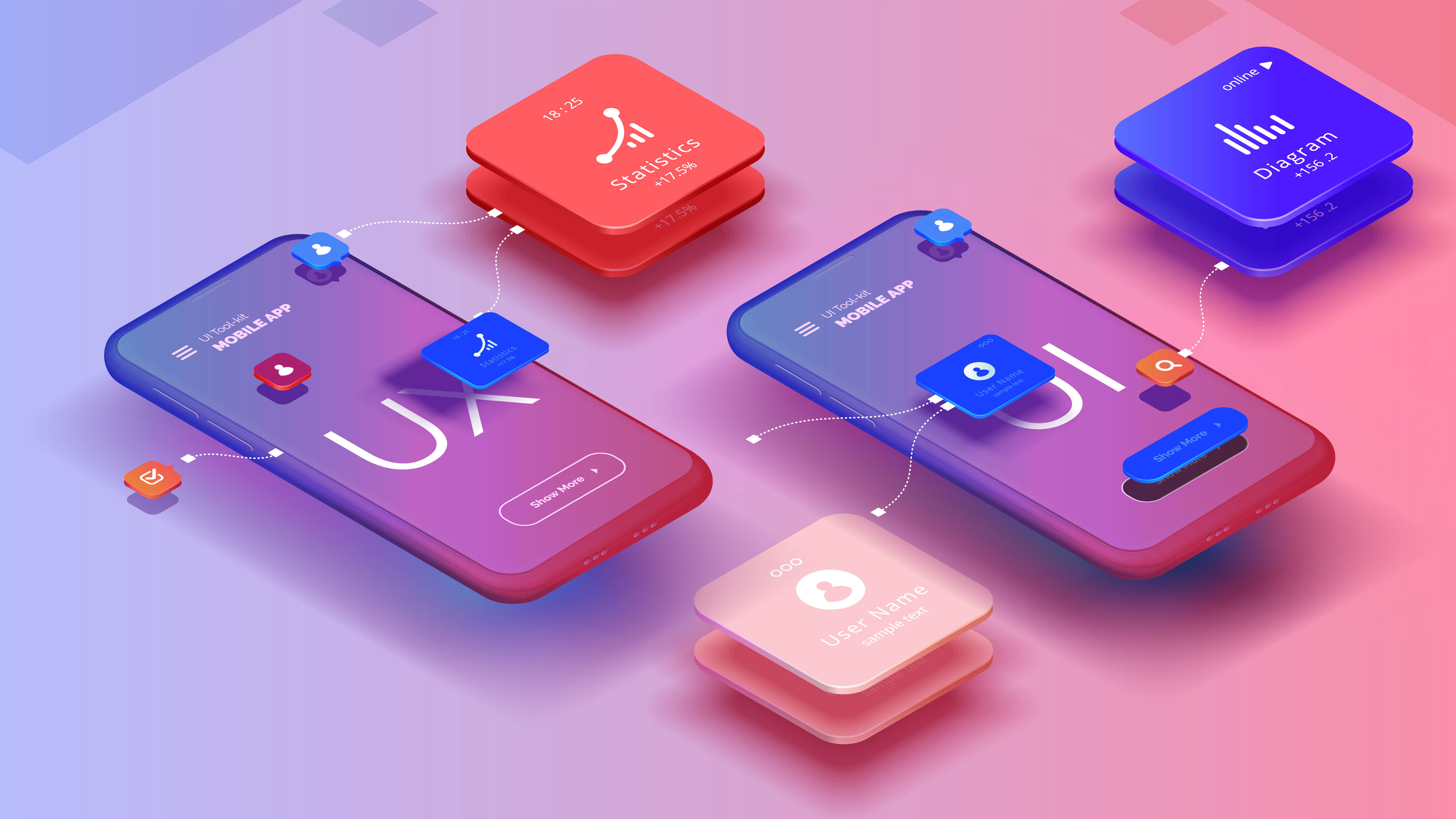Introduction
When people think of digital products, they often picture lines of code, databases, and servers. But the first thing a user actually sees — and the last thing they remember — is the design. UI/UX isn’t just about aesthetics; it’s about whether a product works for the people it’s built for.
Research by Forrester shows that a well-designed user interface can increase conversion rates by up to 200%, and better UX design can raise those rates by nearly 400%. In today’s crowded digital landscape, UI/UX is no longer a “nice-to-have” — it’s the difference between success and failure.
1. UX Defines First Impressions
- Attention spans are shrinking. Google reports that 53% of mobile users abandon a site if it takes longer than 3 seconds to load or feels clunky.
- Design = trust. Stanford University’s Web Credibility Project found that 75% of users judge a company’s credibility based on its website design.
- Keshde perspective: Whether it’s Bezen (fashion marketplace) or Ýolugra (ride-sharing), our design team ensures the first touchpoint is clear, intuitive, and trustworthy.
2. UI Guides Behavior, UX Creates Loyalty
- Good UI reduces friction. Clear buttons, logical navigation, and predictable flows keep users engaged.
- Great UX builds habit. Think of Instagram’s infinite scroll or Spotify’s playlists — design choices that encourage repeated use.
- Case example: In our GYZ GALA app, the UI was designed to help users browse shops and book appointments in seconds. The result? Higher engagement and fewer drop-offs.
3. Accessibility Expands Your Market
- Global numbers: Over 1 billion people live with some form of disability (WHO). Accessibility is not optional — it’s a business opportunity.
- Accessible UX: Larger tap targets, screen-reader compatibility, high-contrast themes, and alt text aren’t just ethical; they expand reach.
- Future trend: By 2025, governments are enforcing stricter accessibility laws (e.g., EU Web Accessibility Directive). Non-compliance could mean exclusion from entire markets.
4. Emotional Design: Beyond Functionality
- Emotion = connection. According to Harvard Business Review, emotionally connected customers are 52% more valuable than highly satisfied ones.
- Micro-interactions: Small animations or haptic feedback create delight.
- Tone of voice: Friendly, human copywriting turns a cold system into a companion.
- Keshde way: Our design process doesn’t stop at usability; we ask how users feel when they use the product.
5. The Cost of Ignoring Design
- Expensive mistakes: IBM reports that fixing a design issue after development is 100x more expensive than fixing it during design.
- Lost opportunities: Poor UX causes 88% of users to never return (Toptal).
- Brand erosion: A single bad interaction can undo months of marketing.
6. Keshde’s Approach to UI/UX
We treat UI/UX as the foundation, not the polish. Our process includes:
- Research & Personas: Understanding who the users are and what they need.
- User Flows: Mapping journeys to eliminate friction.
- Wireframes & Prototypes: Visualizing functionality early.
- High-Fidelity Design Systems: Creating scalable, reusable components.
- Testing & Iteration: Validating real behavior, not assumptions.
Every pixel, every interaction is intentional. That’s why all of our projects — from e-commerce apps to logistics dashboards — carry a consistent clarity and elegance.
Conclusion
Products fail not because the code doesn’t work, but because the experience doesn’t work. UI/UX is the bridge between technology and people, and in 2025 and beyond, that bridge must be seamless, inclusive, and emotionally resonant.
At Keshde, design isn’t an afterthought — it’s the strategy. It’s what makes digital products not only usable but unforgettable. Because in the end, UI/UX doesn’t just make your product look better — it makes your product succeed.


